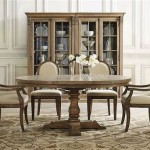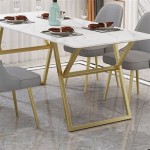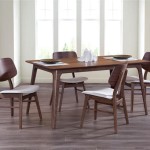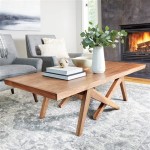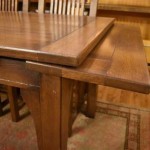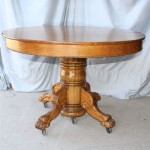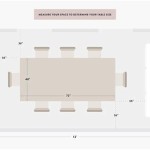Best Rugs Under Dining Room Table
A rug beneath a dining room table anchors the space, adds warmth, and enhances the overall aesthetic. However, choosing the right rug requires careful consideration of size, material, and design to ensure both functionality and style. This article explores key factors to consider when selecting the perfect rug for a dining room.
Size and Placement
Proper rug size is crucial for both visual appeal and practicality. The rug should extend beyond the table edges, allowing chairs to remain on the rug even when pulled out. A general rule is to add 24-36 inches to each side of the table's dimensions. This ensures ample space for chairs to move without catching on the rug's edge, preventing tripping hazards. The rug's shape should generally mirror the table's shape, whether rectangular, square, round, or oval, to maintain visual harmony.
Material and Durability
Dining room rugs endure significant foot traffic and potential spills. Therefore, durable and easy-to-clean materials are essential. Wool rugs offer excellent durability, stain resistance, and a luxurious feel, although they can be more expensive. Synthetic fibers like polypropylene, nylon, and polyester provide affordable, stain-resistant, and easy-to-clean alternatives. Natural fiber rugs, such as jute or sisal, offer a casual, textured look but may be less stain-resistant and more challenging to clean.
Pile Height and Texture
Low-pile rugs are ideal for dining areas as they facilitate easy chair movement and prevent food particles from becoming trapped. High-pile rugs, while comfortable, can make it difficult to slide chairs and are more prone to collecting debris. Consider the texture as well. Flatweave rugs offer a sleek, minimalist look, while textured rugs can add visual interest and hide minor spills.
Color and Pattern
The rug's color and pattern should complement the overall dining room decor. Neutral colors like beige, gray, or ivory create a versatile backdrop, while bolder colors can add a vibrant focal point. Patterned rugs can add visual interest but should be chosen carefully to avoid clashing with other patterns in the room. Consider the existing wall colors, furniture upholstery, and other decor elements when selecting a rug's color and pattern.
Maintenance and Cleaning
Regular maintenance is essential for preserving the rug's appearance and longevity. Vacuuming at least once a week removes surface dirt and debris. Promptly address spills by blotting with a clean cloth and using appropriate cleaning solutions based on the rug's material. Professional cleaning is recommended periodically, especially for delicate or high-value rugs.
Budget and Value
Dining room rugs are available at a wide range of price points. Determine a budget beforehand to narrow down options. While higher-priced rugs often offer superior quality and durability, affordable alternatives can also provide excellent value. Consider the long-term cost of ownership, including cleaning and potential replacement, when making a purchasing decision.
Style and Aesthetics
The rug's style should align with the overall design aesthetic of the dining room. For a formal dining room, a traditional Persian or Oriental rug can add elegance. A contemporary space may benefit from a geometric or abstract design. A farmhouse-style dining room might pair well with a braided or natural fiber rug. Consider the room's existing furniture, lighting, and accessories to choose a rug that complements the overall style.

What Size Rug Under Dining Table Here S The Best Way To Find Righ

Best Dining Room Rugs 2024

Simple Rules For Dining Room Rugs Floorspace

Best Dining Room Rugs 2024

6 Rules For Choosing A Dining Room Rug Pretty Souces Stonegable

12 Best Rugs For Your Dining Room Area

10 Tips For Getting A Dining Room Rug Just Right Nz

Best Dining Room Rugs 2024

The 14 Best Boho Dining Room Rugs Of 2024

Should You Put A Rug Under Dining Table Furniturebox Uk

